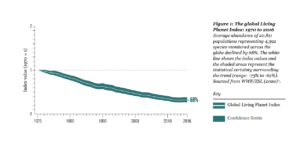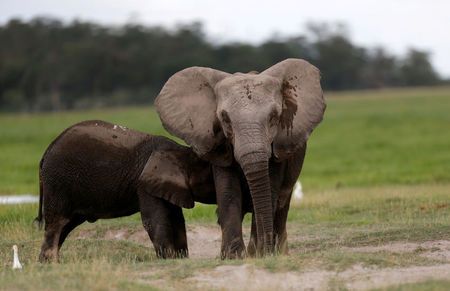Wildlife Populations Are Plummeting and the Cause Is Unmistakable
Published on September 23rd, 2020
The World Wildlife Fund (WWF) and Zoological Society of London recently published their 2020 Living Planet Report that tracks wildlife populations around the world. The biennial report tabulates the populations of animal species on the planet, and demonstrates how human activity affects biodiversity around the world.
According to the study, “the population sizes of mammals, birds, fish, amphibians and reptiles have seen an alarming average drop of 68% since 1970.” This staggering drop shows how biodiversity, fundamental to human and wildlife, is being destroyed at an alarming pace.

The report documents that “in the last 50 years our world has been transformed by an explosion in global trade, consumption and human population growth, as well as an enormous move towards urbanisation. These underlying trends are driving the destruction and degradation of nature, with the world now overusing natural resources at an unprecedented rate.”
The threat that overpopulation poses to biodiversity cannot be overstated. Global population has doubled to 7.6 billion in the past half century and, according to the United Nations, the world’s population is expected to increase by 2 billion persons in the next 30 years, from 7.7 billion currently to 9.7 billion in 2050.
Unfortunately, many countries, including the United States, are treating the symptoms of overpopulation rather than the problem. We use more land to build more houses, more highways, more power plants, and more shopping malls to keep up with our growing population. But population growth, urbanization, and land degradation have consequences.
In California, we’re no longer able to treat the symptoms of decades of population growth, driven mostly by mass immigration. At nearly 40 million people, California is plagued by several threats to its biodiversity, including: a housing crisis, having 8 out of 10 of the most polluted cities in America, and a historic wildfire epidemic.
The 2020 Living Planet Report should serve as a wakeup call for our planet. Our destruction of nature is not only having “catastrophic impacts” on wildlife and biodiversity, but also on human health and our quality of life.





